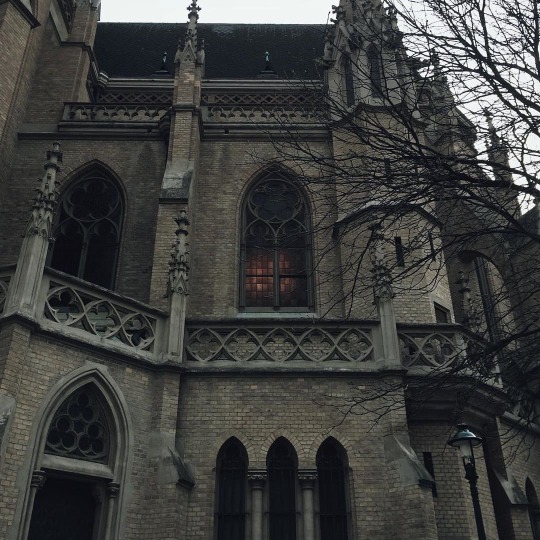Amanda. Third (and final) year PhD student specializing in the Venetian Renaissance. (Sideblog is nouveau-galaxy)
Don't wanna be here? Send us removal request.
Photo

Athena Parthenos (Roman 2nd-3rd Century A.D.)
4K notes
·
View notes
Photo
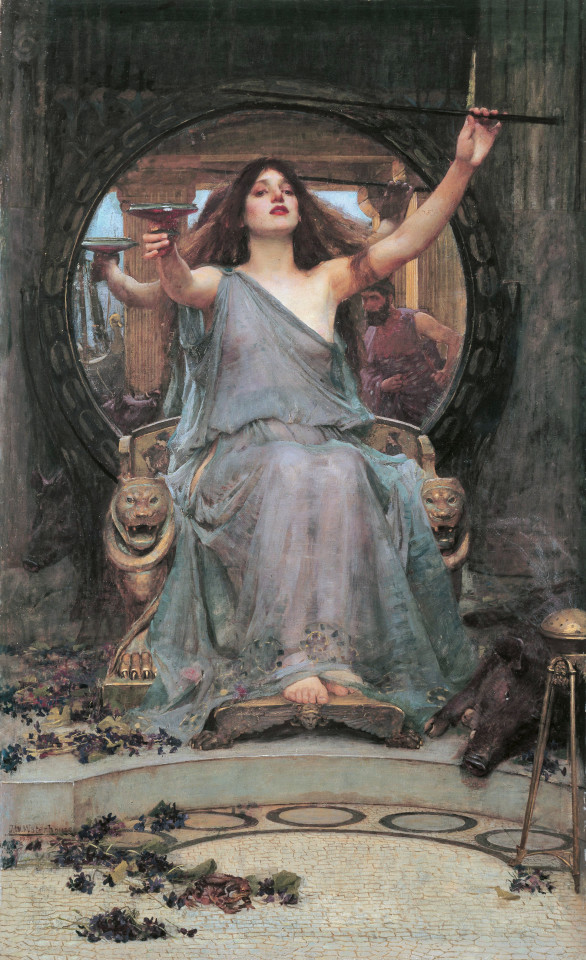
‘Circe Offering The Cup To Ulysses’ by John William Waterhouse.
5K notes
·
View notes
Text
Something I’ve always loved about Dracula is the hints of tech in the text.
Dr. John Seward keeps his diary in phonograph, which is pretty high tech for the 1890s. Throughout the novel we get entries in phonograph and telegraphs, and there’s a mention of a Kodak camera.
It gives readers (especially when it was published) a sense that these characters are competent. They’re in touch and forward thinking. They understand the ever-changing technology of a world drastically moving toward the turn of the century.
It also separates them from Dracula’s old-world views. It creates even further distinction between him and our protagonists and another layer of other that makes his presence uncomfortable.
The inclusion of different forms of communication also makes the text feel more realistic. Dracula was written with the intent to convey a serial of actual events. It helps deepens the realism to diversify the entries and portray unique individuals, with their own personalities and quirks in life and communication, coming together to face evil.
481 notes
·
View notes
Photo

St. Margarets, Westminster, Louis Hubbard Grimshaw
4K notes
·
View notes
Photo

A portrait of Louis XVI, Marie Antoinette and two of their children or Louis Charles and Madame Elisabeth; circa 1825, unidentified artist. [source: Matthieu Semont SCP Auction, 30 June 2022.]
187 notes
·
View notes
Photo

Sandro Botticelli - Venus and the Three Graces Presenting Gifts to a Young Woman, ca. 1483 (detail)
Italian, 1445-1510
Fresco, detached and mounted on canvas
3K notes
·
View notes
Photo

Lararium in House of The Ephebe, Pompeii, Italy
Photo by Miguel Hermoso Cuesta (CC BY-SA 4.0) via Wikimedia Commons
308 notes
·
View notes
Photo
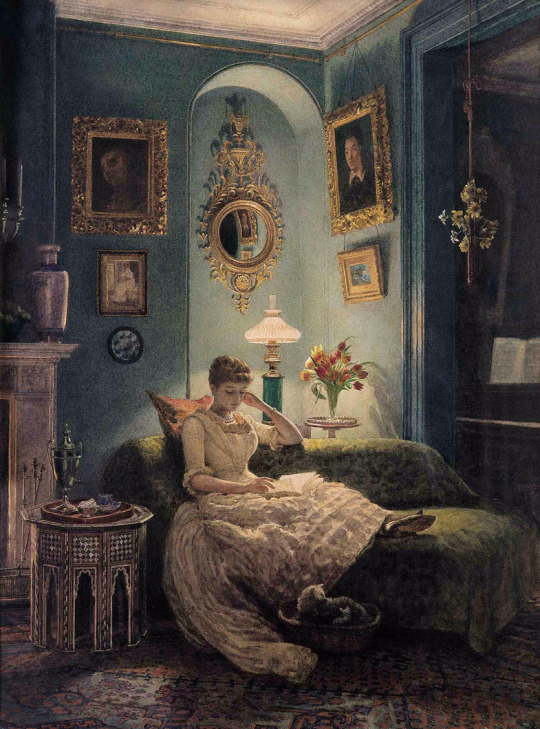
An Evening at Home Edward John Poynter, 1888
4K notes
·
View notes
Photo






Kate Beckinsale as Lady Susan in
Love & Friendship (2016)
627 notes
·
View notes
Photo

Sophie Anderson (British, 1823-1903): Simplicity (via Dorotheum)
587 notes
·
View notes
Text

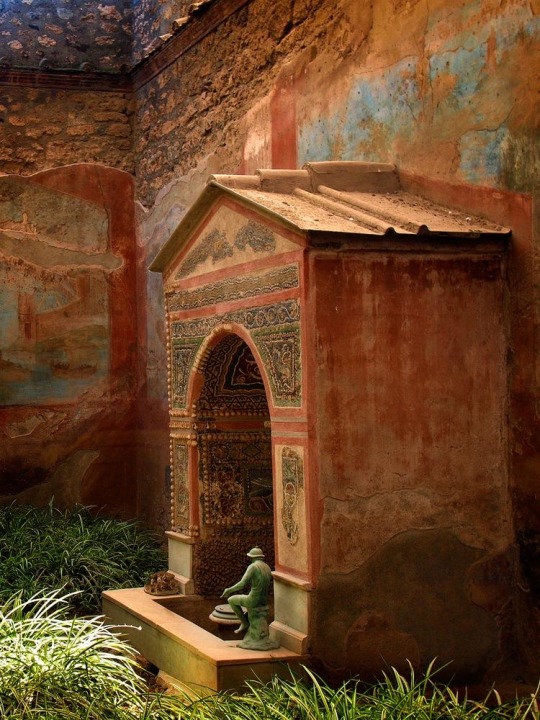

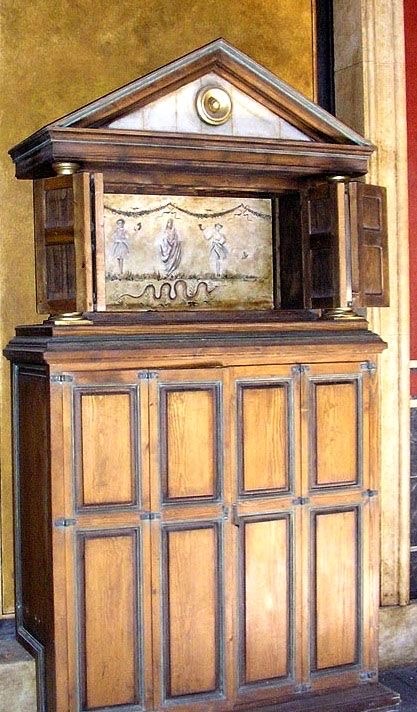




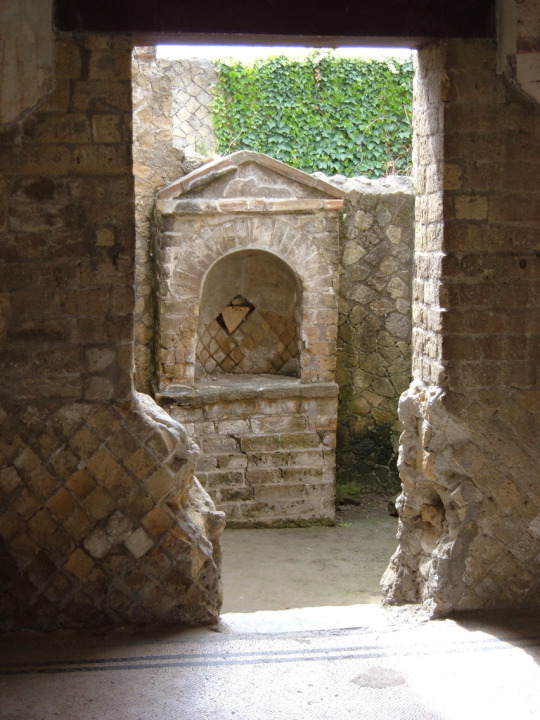

The "lararium" in ancient Rome was a small domestic sanctuary in which offerings and prayers were made to the lares, the protective spirits of deceased ancestors, who watched over the proper functioning of the family and home. It could be located in different spaces of the houses, for example in the atrium (main courtyard of well-to-do Roman dwellings); in the most humble, which did not have it, it could often be placed in the kitchen, near the central fire. There could be more than one larario in the house. Each family worshiped their tutelary gods with offerings and daily rituals. If they were not carried out, they believed that they were exposed to various misfortunes. Family relics were also kept in the larario. The offerings were varied, but mainly flowers to decorate it, wine, incense, cereals, honey, perfumes, fruits, cakes or animal sacrifices. The master of the house dedicates a prayer: "May this home be for us a source of goods, a blessing of happiness and good luck." (Plautus)
4K notes
·
View notes
Photo
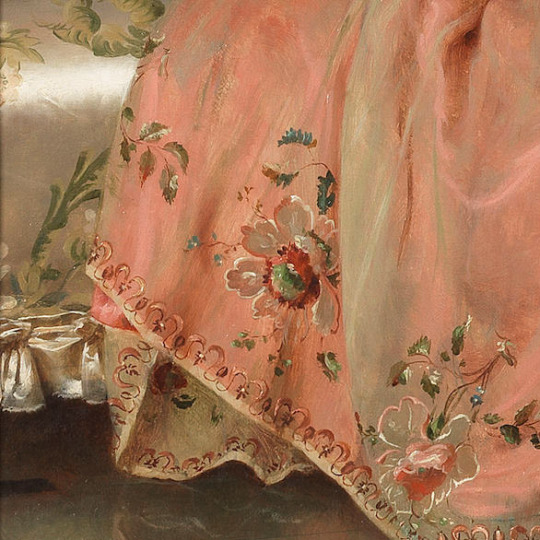


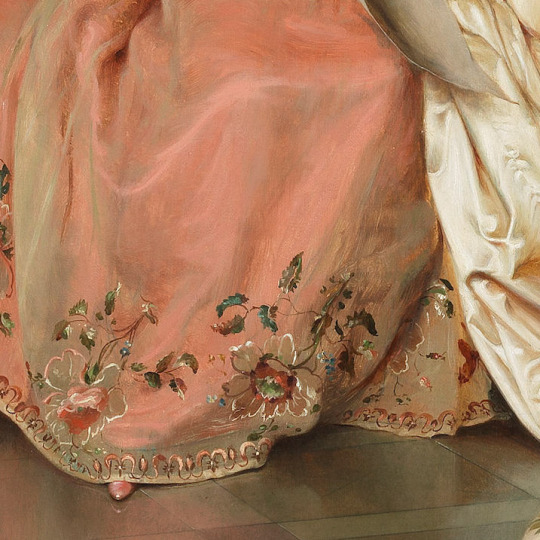
The Three Connoisseurs (dress details), Frédéric Soulacroix (French, 1858-1933)
6K notes
·
View notes
